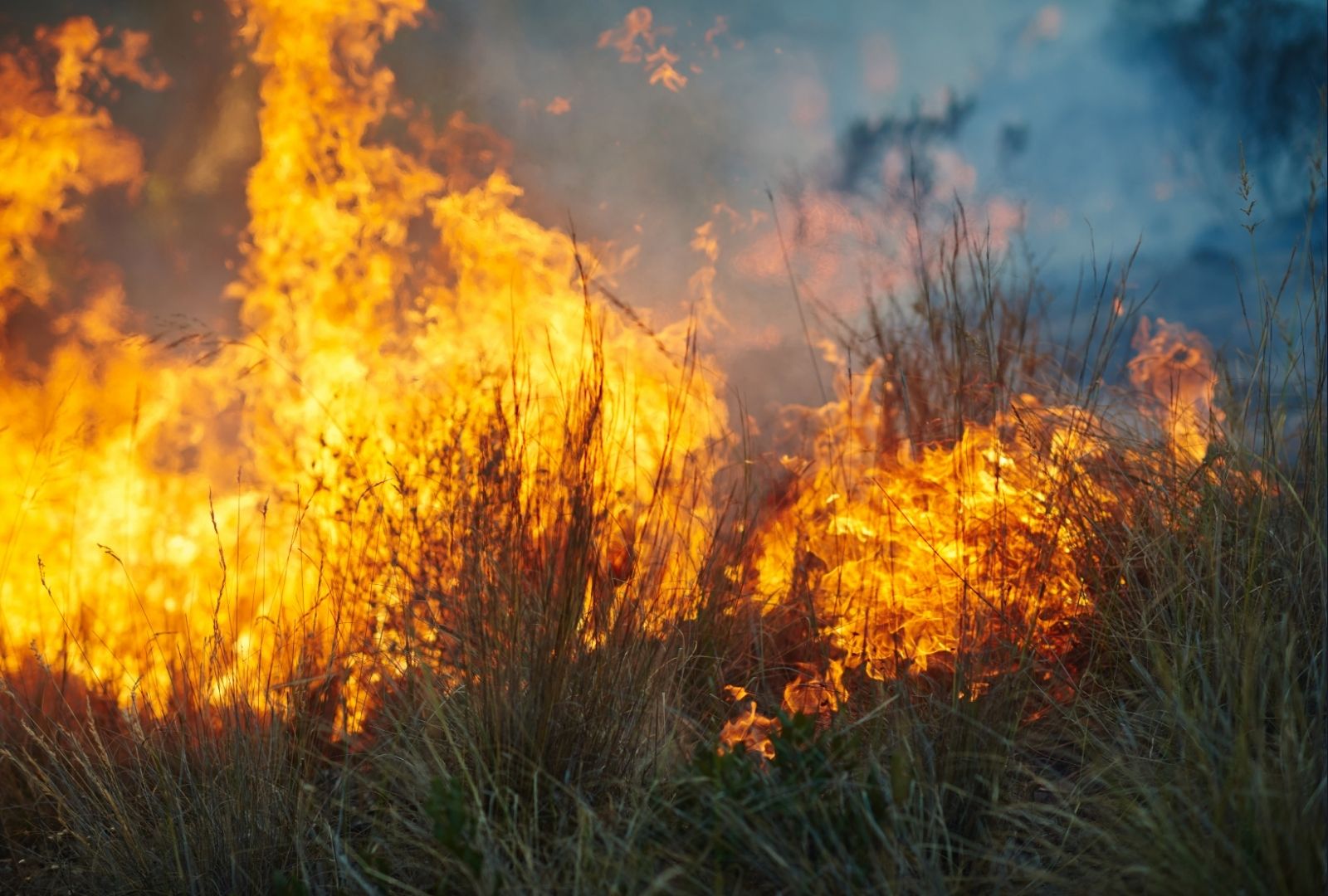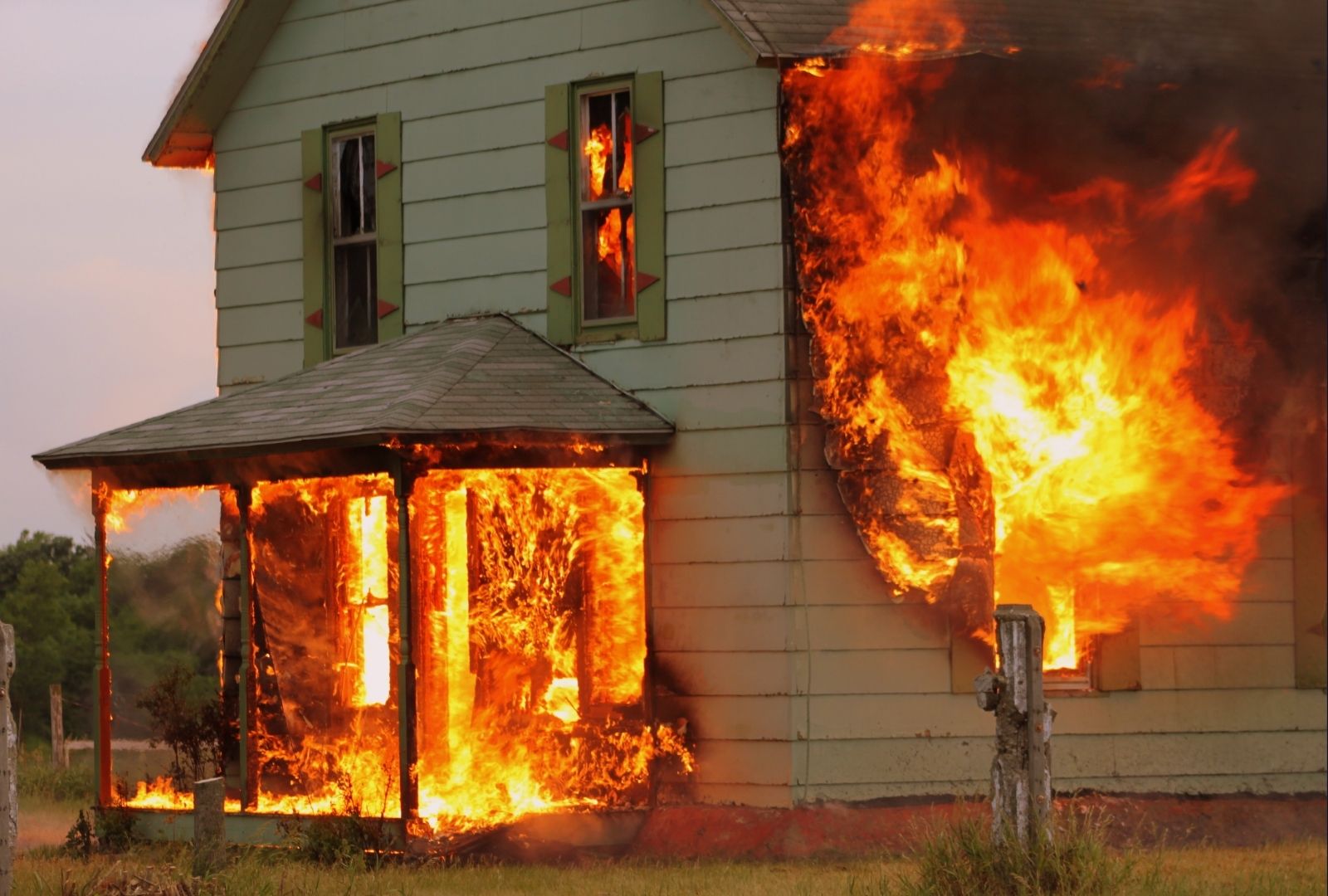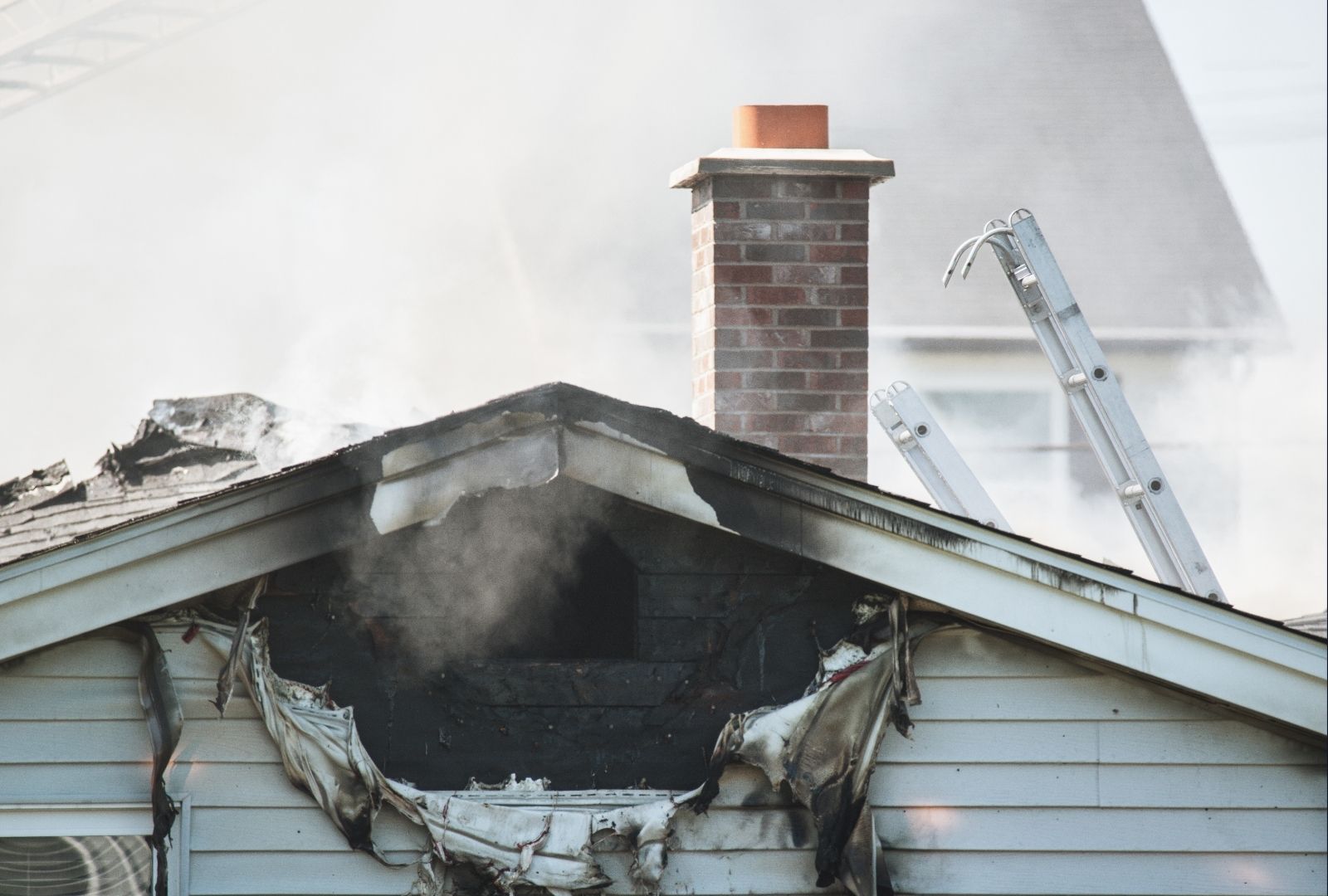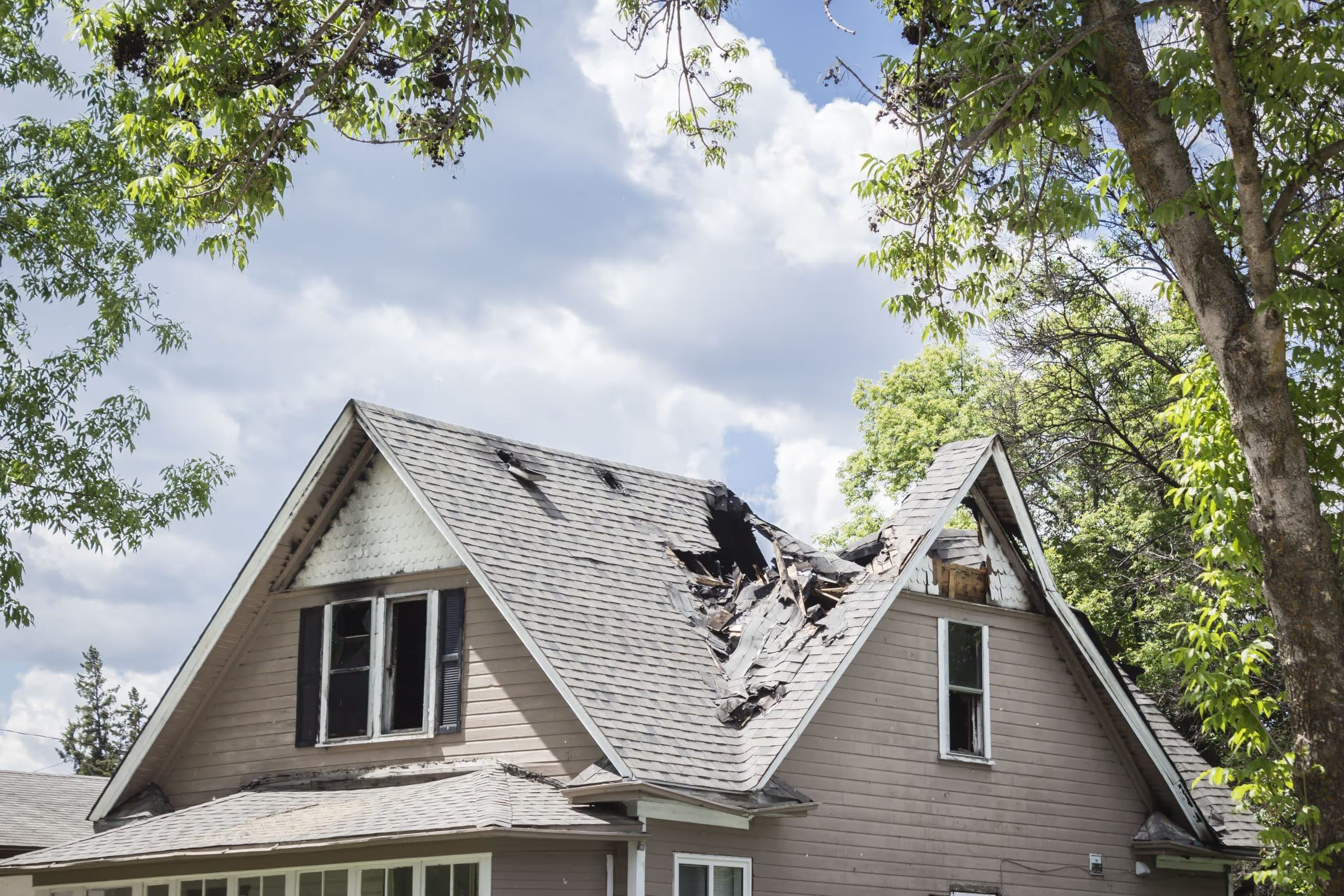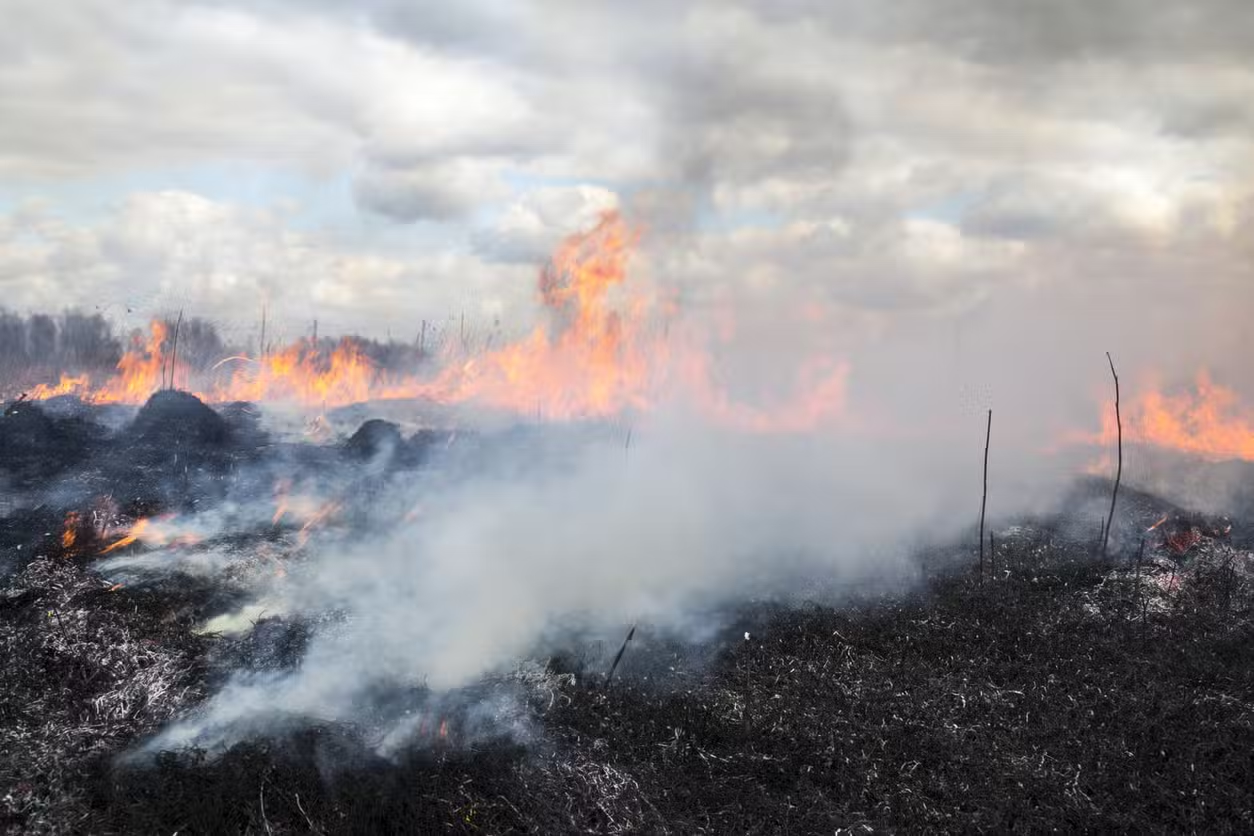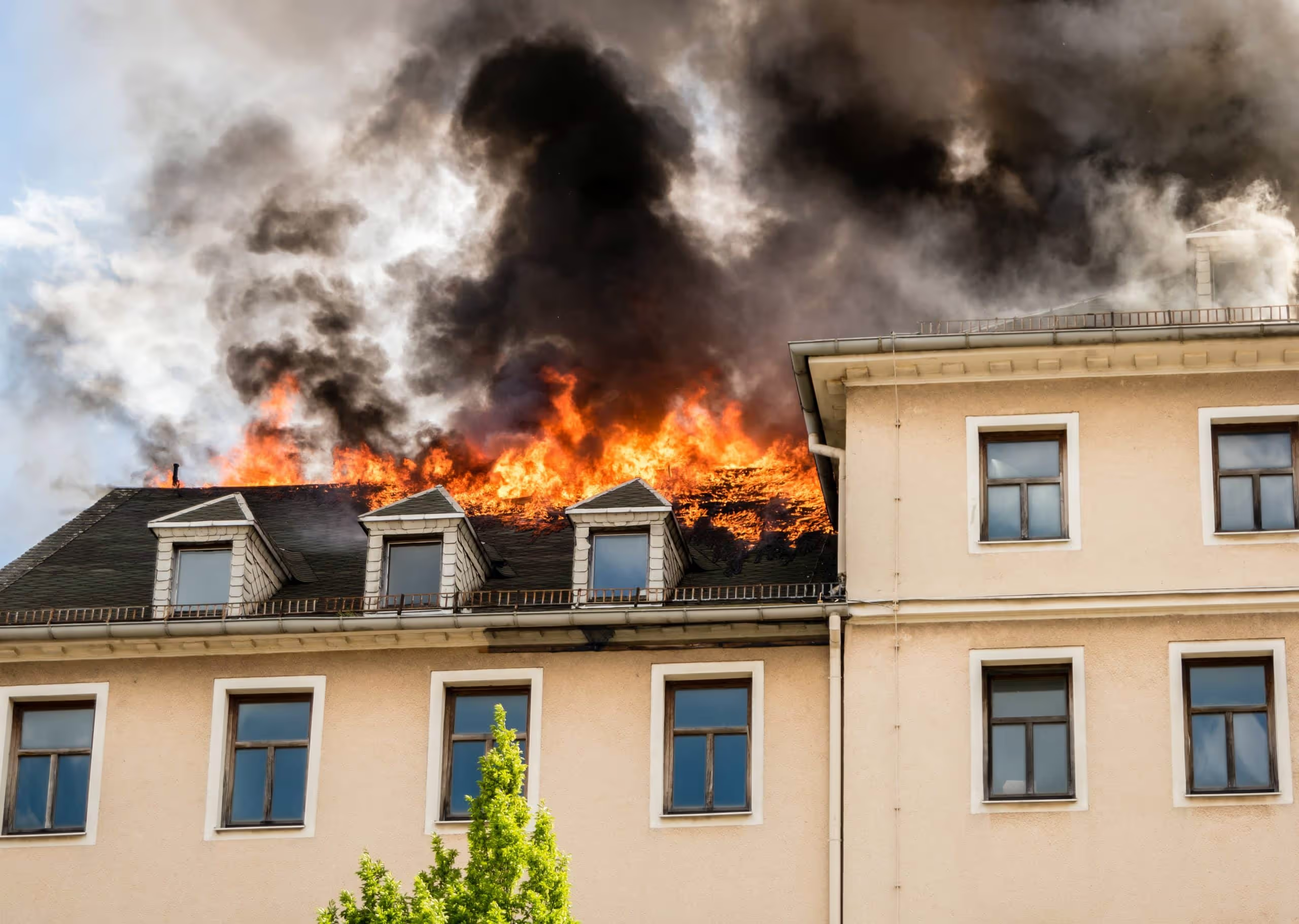The first 24 hours after a fire are often the most overwhelming. Whether you've lost your home entirely or suffered smoke and water damage, knowing where to turn for emergency fire assistance can make a crucial difference in stabilizing your situation.
For families navigating insurance delays, housing instability, or unclear next steps, a fire damage attorney can also help ensure you're not taken advantage of during this vulnerable time.
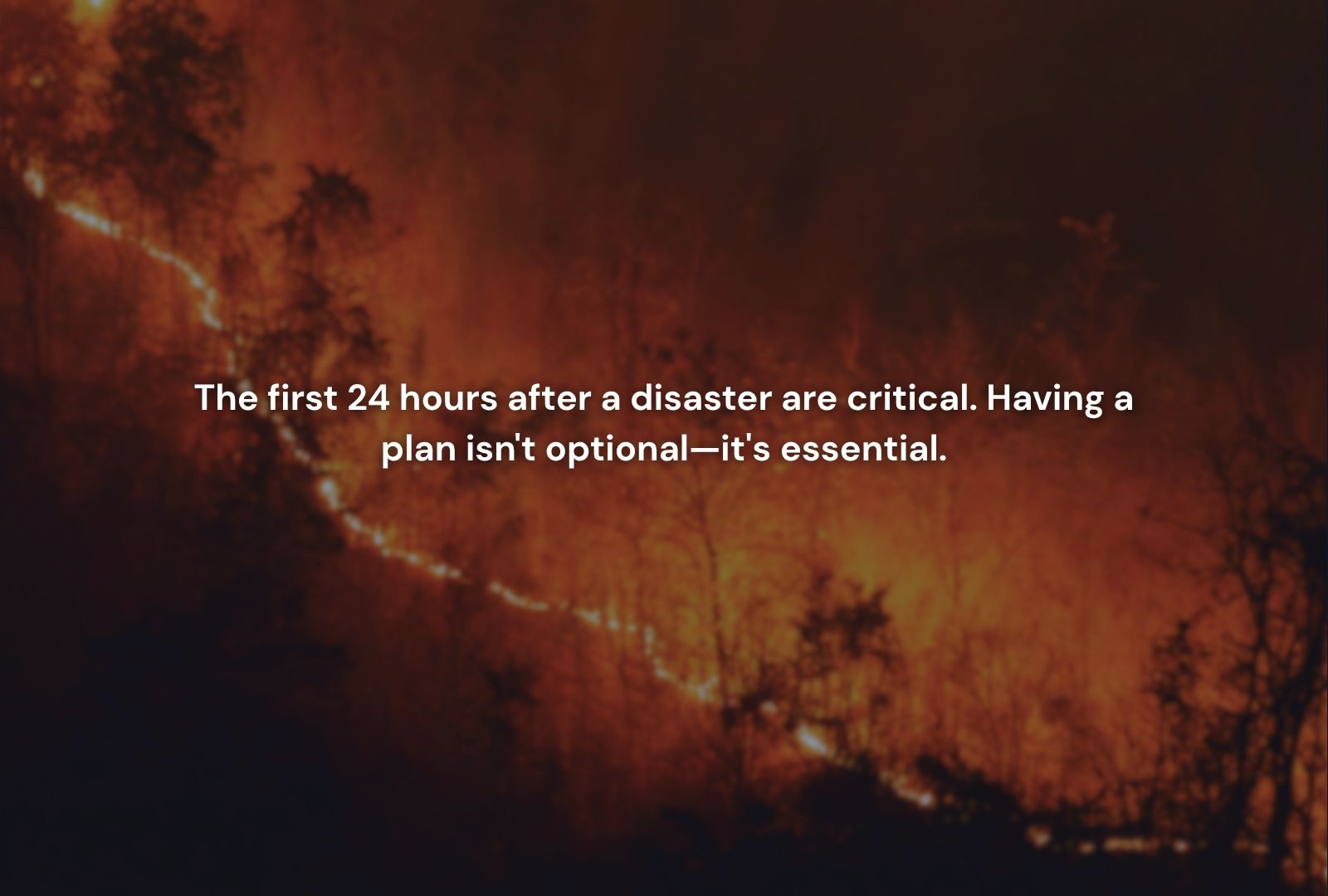
Step 1: Find Safe Shelter Immediately
If your home is uninhabitable, your first priority is securing a safe place to stay. Contact:
- The American Red Cross (1-800-RED-CROSS): Offers emergency shelter, clothing, and meals
- Local emergency management offices or fire departments: May provide temporary housing referrals or vouchers
- Friends, family, or community centers: Often the fastest source of immediate shelter
Document where you stay and keep receipts if you’re paying out-of-pocket, as many insurance policies cover temporary living expenses.
Step 2: Contact Your Insurance Company
Notify your homeowners or renters insurance provider as soon as possible. Request guidance on:
- What’s covered (structure, contents, relocation costs)
- Which restoration vendors are approved
- How to start the claim and what documentation is needed
Be sure to get a claim number and adjuster contact info. From this point forward, track all communications.

Step 3: Secure and Document the Property
If it’s safe to return, take photos and videos of all visible damage, both structural and personal property. Do not discard anything until your insurer or adjuster has reviewed it.
Board up broken windows or doors if necessary. Fire departments may help coordinate this with local vendors. Keeping the property secure prevents further damage or theft.
Step 4: Request Vital Replacement Documents
Fires often destroy essential records. Begin replacing documents such as:
- Driver’s licenses and vehicle titles (DMV)
- Social Security cards (SSA.gov)
- Insurance policies (through your agent)
- Birth certificates and passports (state or federal agencies)
These will be needed for identification, financial assistance, and legal documentation during the recovery process.
Step 5: Access Financial Relief Resources
Multiple organizations offer immediate financial and practical aid after a fire:
- FEMA (DisasterAssistance.gov): Offers grants for housing, repairs, and other uninsured losses during federally declared disasters
- United Way and Salvation Army: Provide clothing, basic supplies, and limited financial assistance
- Local charities and churches: Often fill urgent needs not covered by larger organizations
Ask your local Red Cross or city services for a comprehensive list of regional support programs.
Step 6: Notify Your Employer, School, and Bank
Let your workplace and your children’s schools know about the emergency. Many will offer flexibility or temporary accommodations.
Contact your bank and credit card companies if you’ve lost checks, cards, or cash. Request holds or new cards to maintain financial access.
Additional Topics to Support Long-Term Recovery
After initial emergency needs are met, focus on topics that will carry you through the next phases:
- Fire damage restoration: Learn the professional steps for cleanup, safety inspection, and rebuilding
- Fire damage insurance claims: Filing accurately and on time is key to financial recovery
- Smoke damage claims: Understand how even indirect fire impact is covered by most policies
These resources will help you move from crisis response to structured recovery.
Conclusion
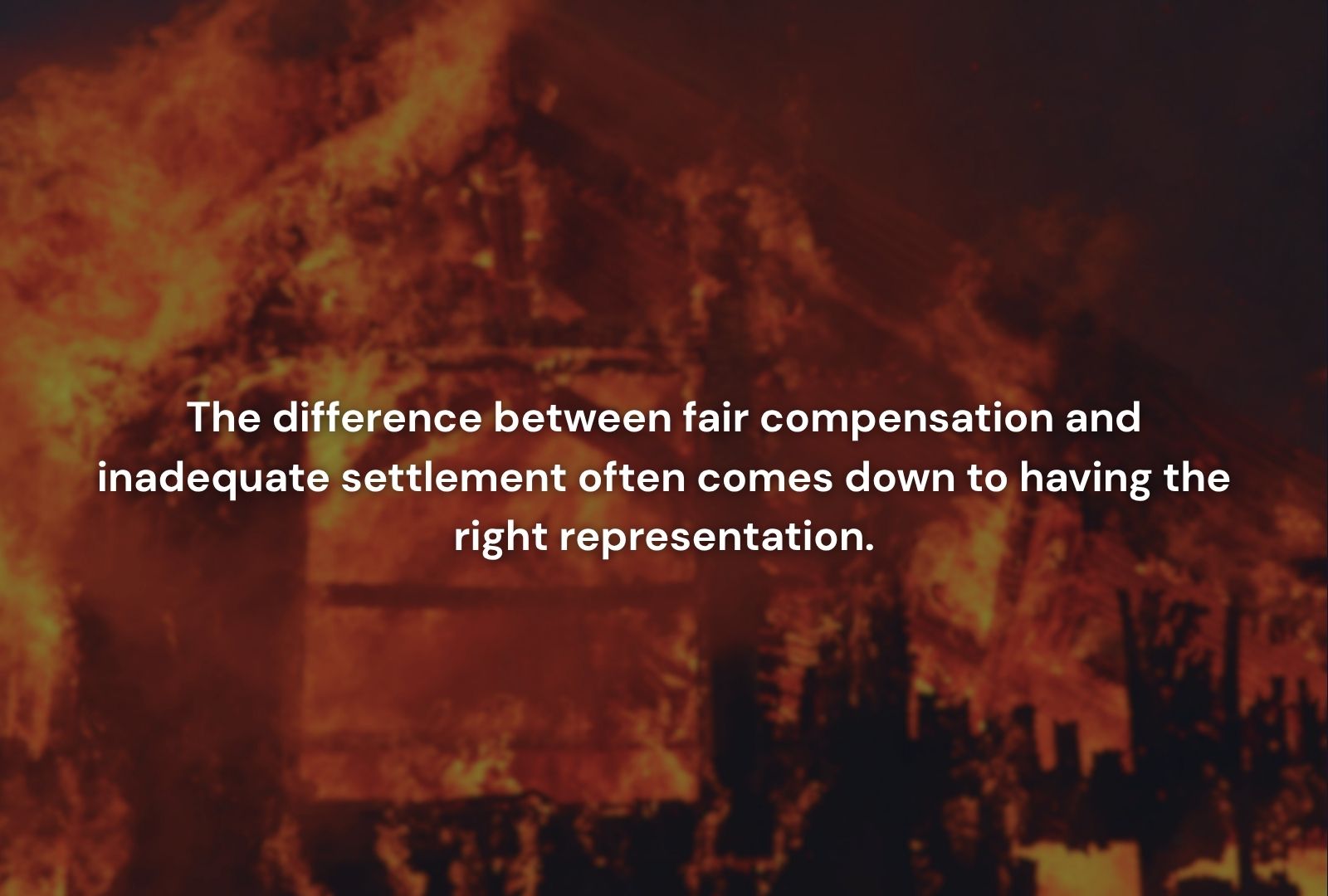
Emergency fire assistance starts with securing basic needs like shelter, safety, and communication. But acting quickly and knowing your options can reduce confusion and help you reclaim control during the most chaotic hours. Use every available resource, stay organized, and don’t hesitate to seek legal or professional guidance as you begin to rebuild your life.








